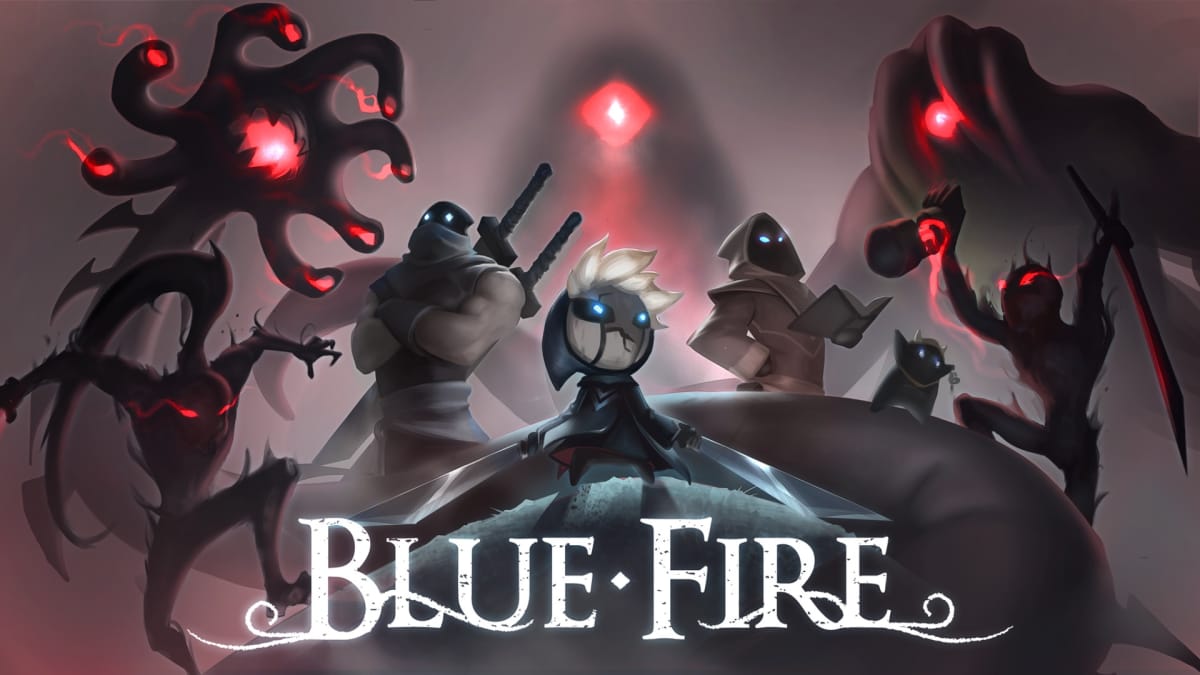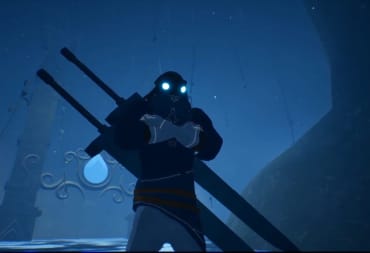Blue Fire feels as though it has been a long time coming. Dark Souls is unmistakably one of the most influential games of the past two decades, and The Legend of Zelda series is one of the few other franchises that can make the same claim. In Blue Fire, the world and dungeon design of traditional 3D Zelda games comes together with the systems and progression of Soulsborne games, accompanied by combat and movement that can only be described as Hollow Knight in 3D. And it works.
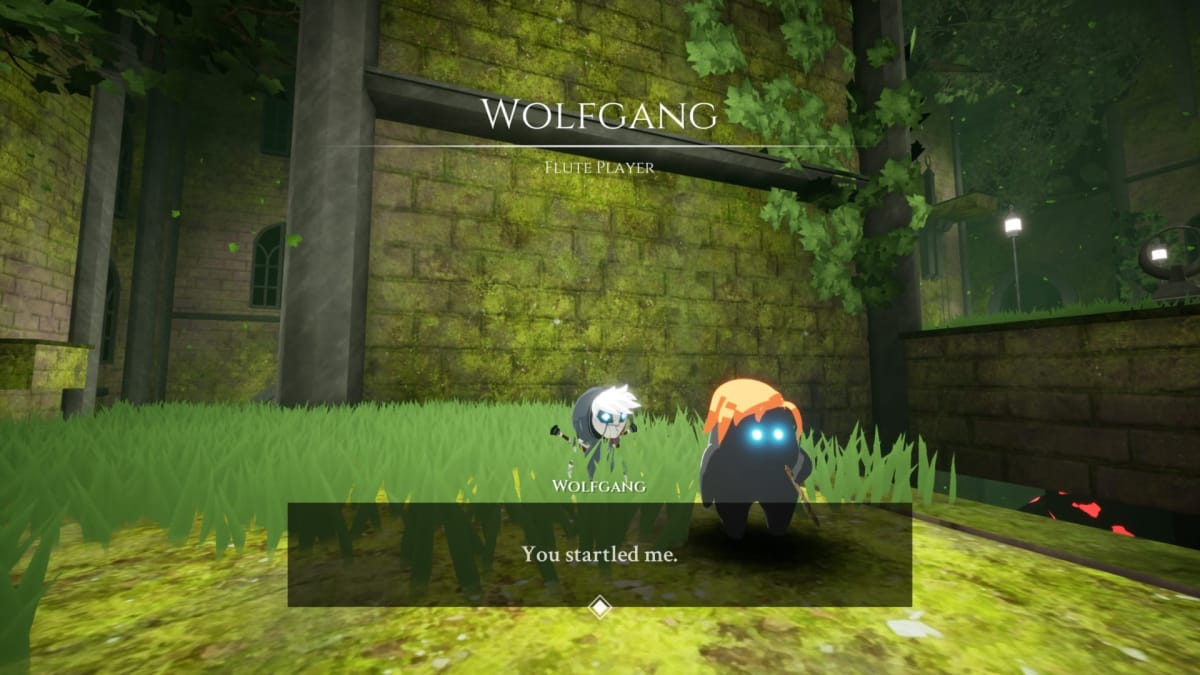
Players will take control of the Warrior of Fire, a small fighter that bears a suspicious resemblance to Link in The Legend of Zelda: Wind Waker. In fact, the cell-shaded art style seems to take serious cues from the Gamecube title all around. The Warrior begins its journey with nothing but a dull sword and a single jump. Cast out into the dark dungeon below the world in a time long after the apocalypse, the Warrior is tasked with finding and waking the five ancient gods spread throughout five temples across the land. By solving environmental puzzles that are indiscernible from something you'd find in Twilight Princess, the Warrior travels the land and braves the long-dead world in a bid to save it before the Shadow Queen rises. It's all very Zelda, in the best way.
Scattered all around the world is a currency called ore. Ore is used to pay NPCs for items, unlock shrines (akin to bonfires in Dark Souls) and open specific gates. Checkpoints are few and far between, often blocked from one another by long stretches of enemies and precision platforming that could render the Warrior a pile of ash in a second. Shrines can also be used to attach spirits (upgrades) that provide specific new abilities or boosts, much like the charms in Hollow Knight. You only have two spirit slots to start with, but NPCs can craft more - for the right price. Shrines are also where you can upgrade your mana by trading in souls, which are collected by defeating enemies. Mana is used for your singular fire snap attack, a ranged spell that is necessary to defeat flying enemies.
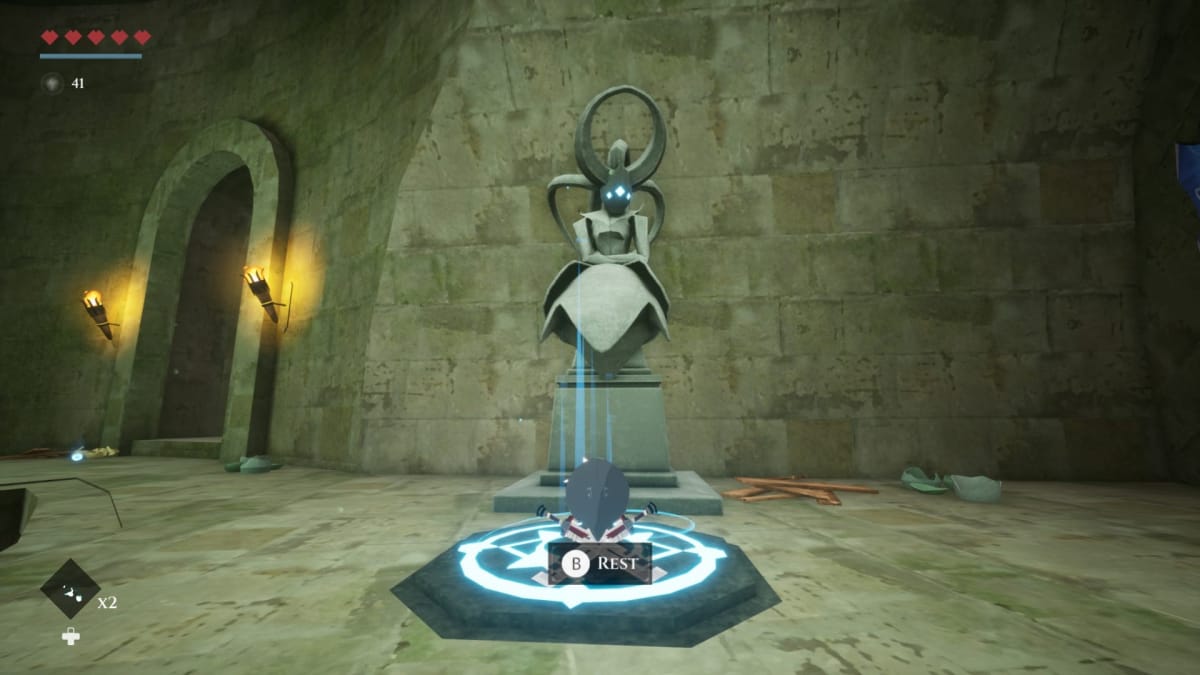
If you die, you guessed it, you drop all of your ore. You can, of course, reclaim it by reaching and grabbing it again before dying once more, but all too often it's just not doable. Resting at a shrine (or dying) brings all enemies in the world back to life. Thankfully, upon death, the Warrior holds all their items and souls even after dropping their ore. This mechanic strikes a nice balance that is much less harsh than Dark Souls but makes death much more of a penalty than in Zelda games.
Throughout the game, you'll unlock many gates and doors that open paths between the different areas, slowly creating an open world out of what at first seems to be disparate sections of the map. Shrines can also be used to warp around the map after obtaining the Sanctuary Stone, making side quests much more viable. New items are constantly showing up for cryptic, unexplained reasons, and every so often the Warrior will claim a powerful new sword to increase the damage of its attacks.
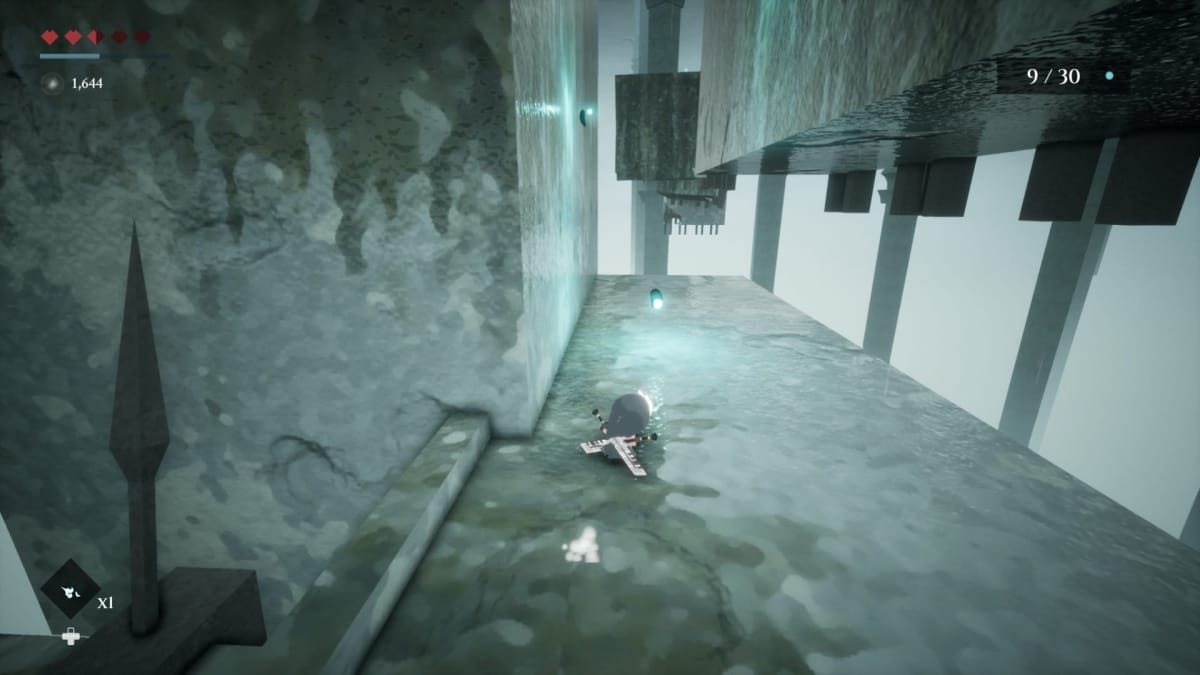
It's not just the progression that's reminiscent of the Souls games - fans will notice the atmosphere echoes FromSoftware's works closely. Music is lethargic and mysterious, threatening the player with imminent death at any moment. The colorful, warm tones of safe zones like the vivid green Stoneheart City are contrasted wonderfully by the eternal wet grayness of the Temple of the Gods. NPCs are cute and whimsical and speak of strange happenings and customs as if you are expected to know them already. Many colorful characters with quests away players in Penumbra, including but not limited to a guy in a bunny suit who is the founding and sole member of The Bunny Club and a guy with a crown and robe who has declared himself the King of his own home. There are shades of both Zelda and Souls in every piece of this game.
While there is a definitive series of main quests, Blue Fire provides a few dozen comprehensive side quests to while away the hours. A quest log that can be found next to your inventory provides an image of where to go next with a description, but it's often quite vague. This is my first complaint with Blue Fire, which others will surely welcome; this game never tells you where to go. Forget holding your hand, it won't even look you in the eye.
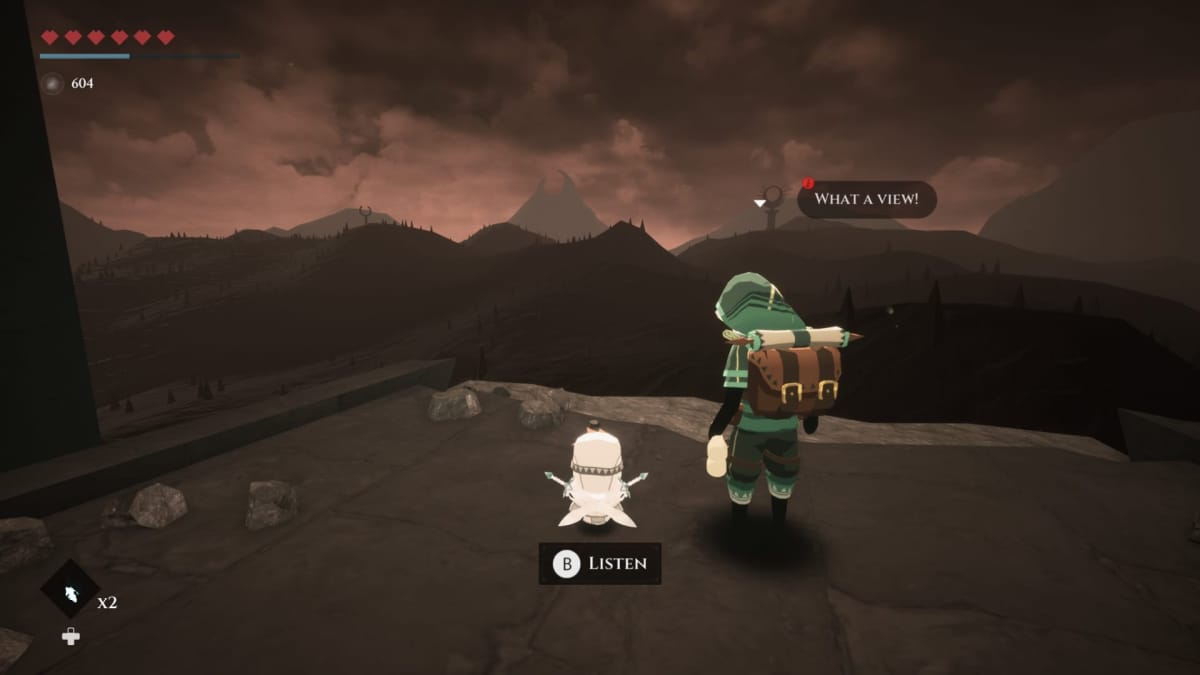
Dozens of times I got lost and spent more than I'd have liked wandering around and looking for the location that would let me progress the story. At one point I wandered into the final area and climbed the final tower without the upcoming double jump power that would have made it a breeze. After nearly three hours, I reached the top to find nothing, but all the grinding against high-level enemies had yielded a wildly overpowered new sword.
Once I finally found the Water Temple, I breezed through it in minutes and defeated the boss in one try. In so far as the game's content, Blue Fire's greatest issue is simply not providing help or clues about what you're intended to be doing. NPCs will spout cryptic (but whimsical) Bloodborne-esque monologues when asked for help, and written clues simply provide context for lore. You will receive no guidance or help from Blue Fire.
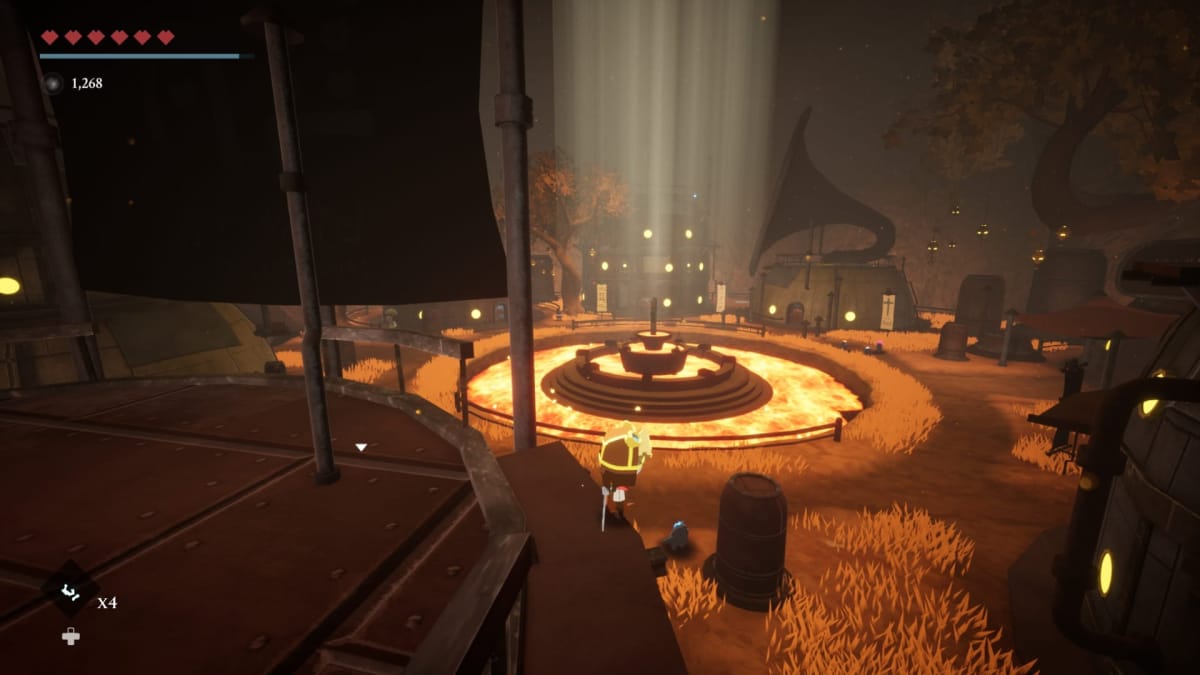
Movement in Blue Fire feels absolutely fantastic. After a few hours, the Warrior will have its full arsenal assembled of wall-running, double jumps, wall kicks, and air dashing. Every second spent running around Penumbra feels good, even though every step is a challenge. The beauty of Blue Fire is that its extreme difficulty is not in the combat (although combat certainly isn't easy); it is in the platforming. Ultra-precision platforming is required even to move around towns, never letting the Warrior stay on the ground for more than a few seconds. It's all too easy to die when trying to pull of a jump-dash-wall run-wall kick-jump-wall run maneuver that Blue Fire likes to throw at you just as you see the next Shrine in the distance. There are moments of quiet contemplation; this is by no means a high-octane action experience. But when you start moving, you better keep moving.
Combat is highly dependent on movement, although the Warrior has a shield/parry ability, dodging with your numerous acrobatics is both more fun and more beneficial. Taking on several enemies at once is almost always a death sentence, so keeping moving 100% of the time is absolutely crucial. With the combination of quick swordplay and acrobatics, it really feels more like a 3D version of Hollow Knight, or FromSoftware's Souls-adjacent title Sekiro: Shadows Die Twice. There's a fairly wide variety of enemies, both humanoid and monster, although I'd guess there are about a dozen actually different enemies with the rest just being recolors. Combat with each kind of enemy is different and keeps you moving every second of the fight. The titular Blue Fire that is collected from random barrels can be used to heal health and mana at any time, though you have a limited number at the start. The Blue Fire capsule refills upon death, but it's very easy to run out of charges without noticing.
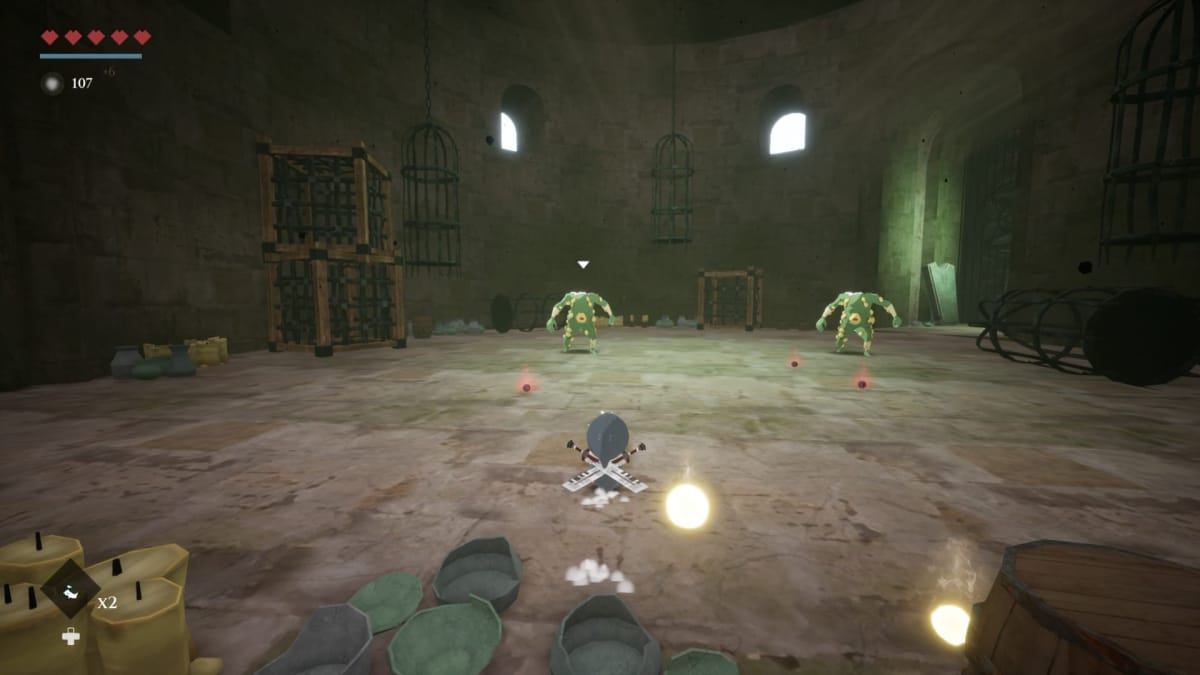
But now, we arrive at the technical issues. My PC has an RTX 2060 Super, a Ryzen 5 3600 CPU and 16 GB of RAM. That is to say, it's fairly powerful. I experienced about three dozen unprompted crashes to the desktop throughout my 15 hours with Blue Fire, ending in a particularly egregious one. During the fight with the boss of the Fire Temple, ten times in a row, Blue Fire crashed with no warning, leaving me with a message that Unreal Engine 4 had stopped working for an unknown reason. I uninstalled and reinstalled the game, verified the system files, updated my drivers, and continued to experience the same CTD. The boss fight is bugged, and I am unable to continue or finish Blue Fire as it currently stands. I sincerely hope this is addressed in a patch soon, as this game is too good to miss out on. But in a soulslike game where every bit of lost progress is a brutal step backward, issues like this are impossible to look past.
Overall, I am extremely impressed with Blue Fire; it walks the line between Zelda, Dark Souls, and Hollow Knight so finely that it truly finds its own identity. If not for the consistent crashes, I'd recommend this game to absolutely anyone who enjoys any of the aforementioned titles in a heartbeat. As it is, I'd advise readers to wait for a patch. Blue Fire is unbelievably fun, engaging, gorgeous and just the right level of difficulty. Your hands will turn blood-red and sweat will drip from your brow as you try to stay alive for just a second longer. With the success of the immersive sim open-world style of Breath of the Wild, fans of the traditional 3D Legend of Zelda games are unlikely to see another one in the next decade. Blue Fire feels to me like a genuine new Zelda title, and that's perhaps the best praise I could ever give it.
TechRaptor played Blue Fire on PC using a copy provided by the developer. The game is also available on Nintendo Switch.
Previews you can trust: To ensure you're getting a fair, accurate, and informed review, our experienced team spends a significant amount of time on everything we preview. Read more about how we review games and products.
Have a tip, or want to point out something we missed? Leave a Comment or e-mail us at tips@techraptor.net
